
Why do we take a driving test? So we can drive legally. Why do we take the bar exam? To be a lawyer.
But why, exactly, will Bates test 1,700 or so students for COVID-19 twice weekly, from their arrival starting Aug. 25 through what is hoped to be the end of in-person classes at Thanksgiving?
Is it to diagnose individuals so they can be isolated and treated? Not exactly, though of course Bates will support students who test positive for COVID. The real goal of the Bates testing program, part of what one expert calls a “belt-and-suspenders” approach to opening the fall semester, is surveillance.
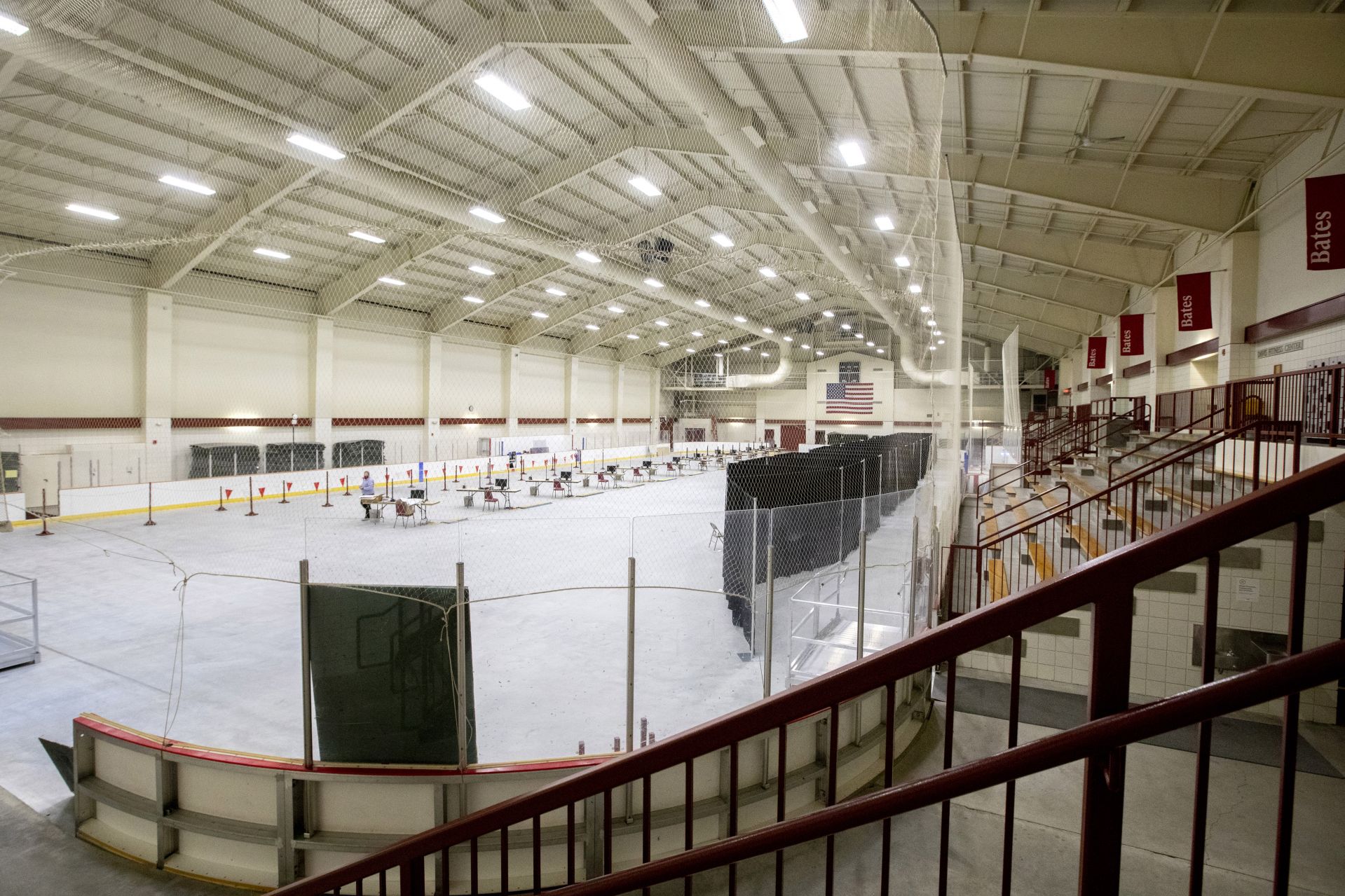
Surveillance testing means testing many people “to get a better sense of what is happening in the community, and testing at a greater frequency to keep our finger on the pulse of that,” says Dr. Jack O’Horo of the Mayo Clinic.
In other words, “the goal is to catch infected individuals before others get infected, and that’s what testing does.”
Over the past several months O’Horo and Dr. Stacey Rizza P’20, both infectious disease clinicians at Mayo, have been providing guidance to Bates in the college’s COVID-19 planning. As Mayo consultants, they have also advised corporations like McDonald’s and Hilton hotels.
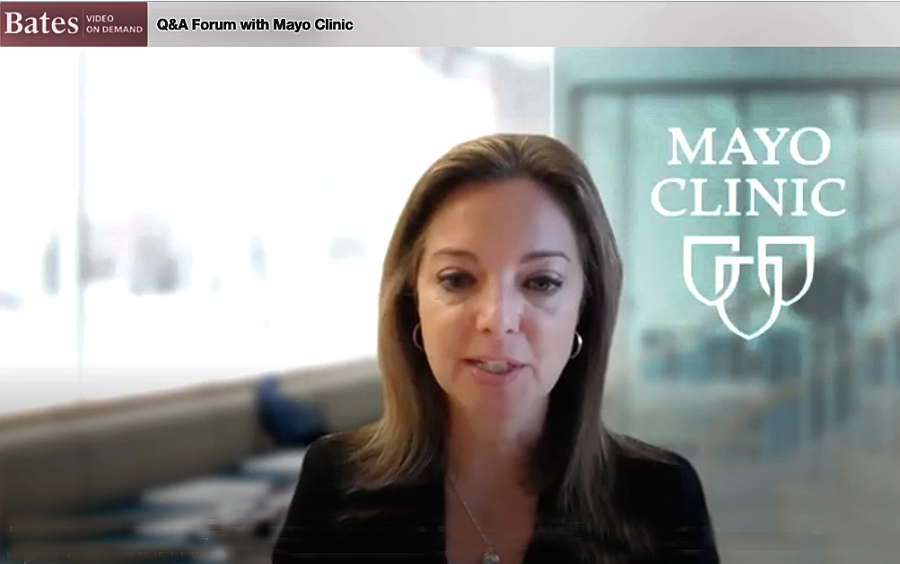
Surveillance testing allows Bates to “look across your population at the number of positive tests compared to total tests,” explains Rizza. The number of positives vs. the total number of individuals is the all-important positivity rate.
“Think of the positivity rate of your population as a leading indicator” that tells college officials if all your ongoing safety measures — such as face covering, distancing, limiting large groups — are working.”
If the rate goes up, “that’s an indication that your public health safety measures are not working,” she says. If the rate stays flat or goes down, “that’s an indication to Bates — or any college using this test — that the safety measures on campus to prevent transmission are working.”
Those measures are masking, hand-washing, cleaning and disinfecting high-touch surfaces, physical distancing, quarantining those who are positive, and, of course, testing.
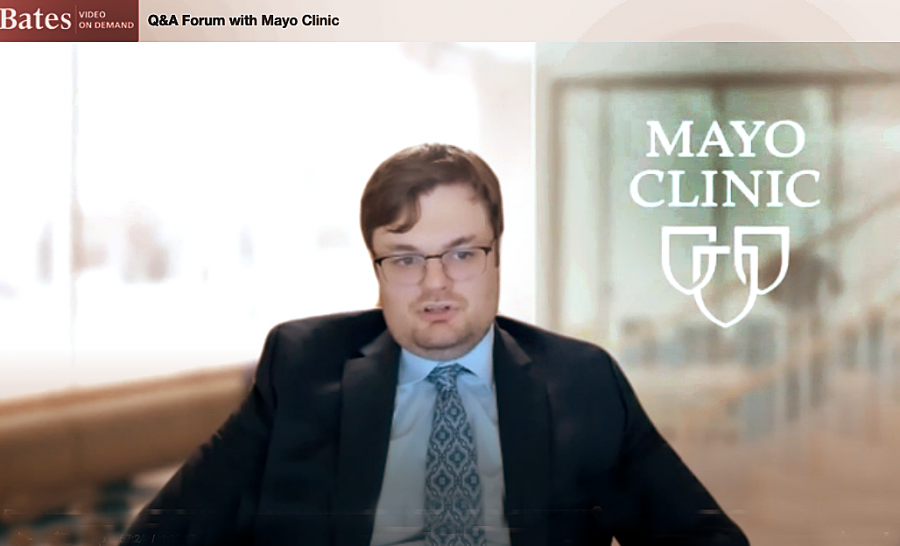
While much attention has been placed on knowing the magic number — a positivity rate that would require a move to remote learning — Bates officials are more focused on trends.
“We do plan for up to a 2 percent initial positivity rate,” says Dean of Students and Vice President for Campus Life Josh McIntosh. “We don’t expect that number — it’s a very cautious number. But we’d rather plan for it, have our isolation beds available.” If the rate goes up, as Rizza noted, “you want to engineer to move it back down.”
According to the college’s COVID-19 dashboard, Maine’s current weekly average positivity rate is 0.9 percent.
Rizza calls the Bates plan “a belt and suspenders approach. You are going to mask, you are going to physically distance, you are going to have cleaning, and you are going to have symptom screening. On top of that you are going to do screening testing, which many colleges and universities are not doing.”
Bates has contracted with the Clinical Research Sequencing Platform at the Broad Institute of MIT and Harvard for the testing kits and processing of all tests.
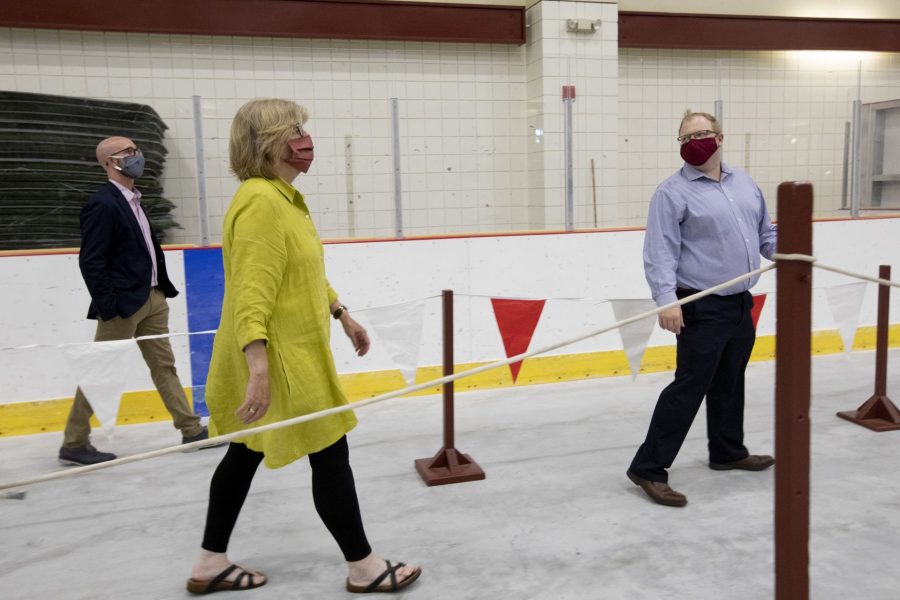
The relatively new Broad test is known as RT-PCR test that detects nucleic acid from the SARS-CoV-2 virus in nasal swabs. While new, it’s showing great promise, and in terms of being able to test many people with a high degree of accuracy, the Broad test “checks boxes for a good surveillance approach,” says O’Horo.
The college’s COVID-19 testing program began with Bates employees Aug. 18–20, and turns to students next week, all of whom will be tested as they arrive at scheduled times Aug. 25–27.
The Bates Testing Center will be at Underhill Arena.
“As you can imagine, there are many details and logistics involved in getting the Bates Testing Center up and running,” said Cooke. “And we’ve had tremendous help all across campus with this heavy lift.”
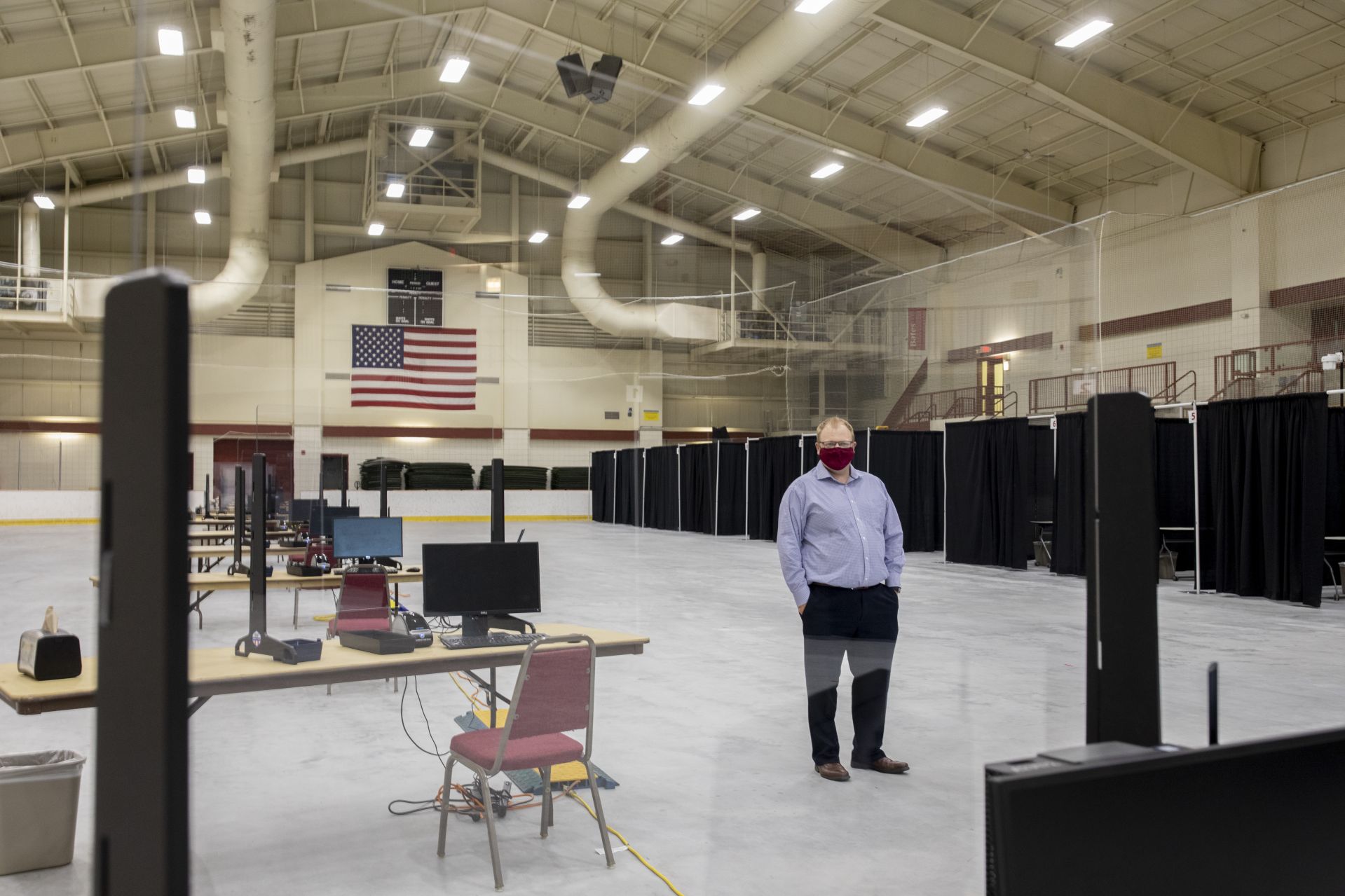
Importantly, says Cooke, the Broad test is an anterior nasal swab test. It’s far less invasive than other tests. “You hear about another test that feels like it tickles the back of your brain. That’s not what we’re doing here.”
The testing process at Underhill has been compared to how one arrives at the airport for a flight. “It’s a one-way, TSA-style traffic flow with stanchions and floor markings to facilitate physical distancing,” says Cooke.
At arrival, employees and students first head to the restroom to blow their noses (fun fact: snot can mess up the nasal swab test) and wash hands. Then they walk to one of up to 12 registration stations, where Bates staff, protected by plastic shields, check photo IDs, print a unique barcode, place it onto a collection tube, and hand it to the student or employee.
Then, the person being tested walks to one of 12 nearby collection rooms. “That’s where the observed self-swab occurs,” Cooke says. “And that’s where collection of the test occurs.” To ensure proper technique, the tests are observed by medical professionals, specifically medical assistants and certified nursing assistants, overseen by a registered nurse.
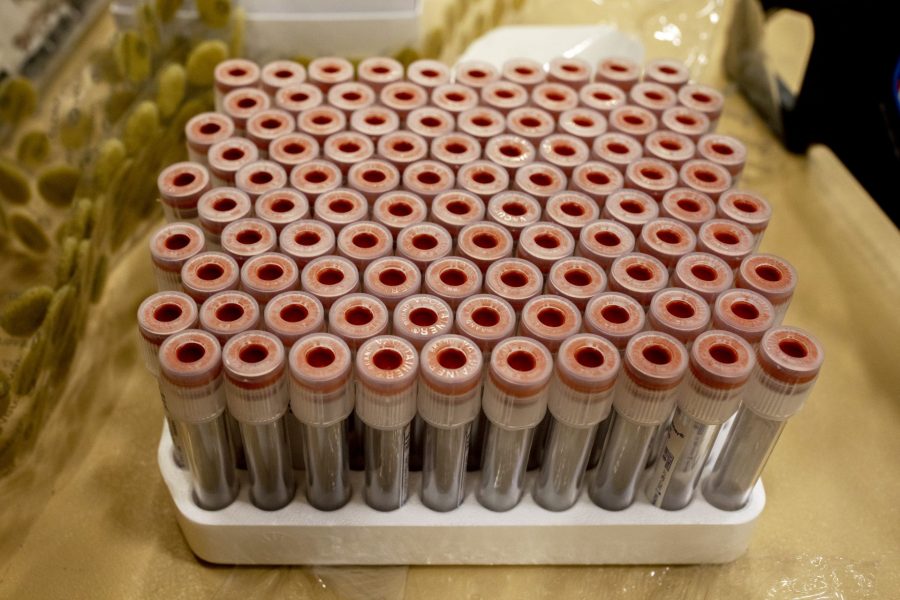
From there, the tested person moves to a one-way exit. “We’re using the sheer space of Underhill and our scheduling to ensure that we don’t have people in close proximity to one another for any length of time,” Cooke says.
Besides ease of use, the Broad test has a strong supply chain, says Cooke. “There are stories in the news about supply-chain issues with some tests. We want to reiterate that this test specifically uses materials that Broad has either stockpiled in mass quantities or are very easily sourced.”
In fact, Cooke says, “we have our first 10,000 tests on campus. We are positioned very well to test.”
Students who test positive will move into isolation with follow-up support from Bates Health Services. Employees who test positive will receive followup support and guidance from Human Resources.




